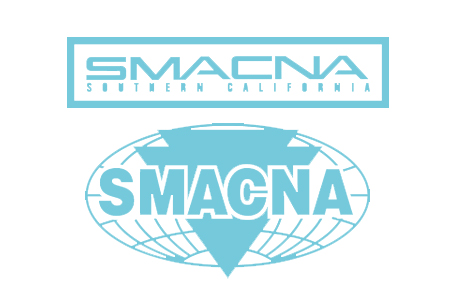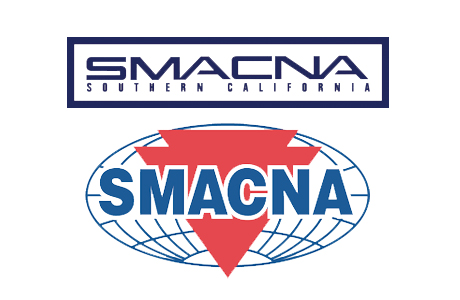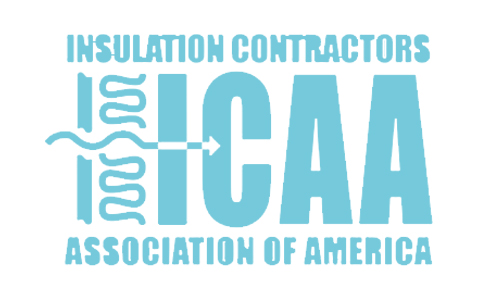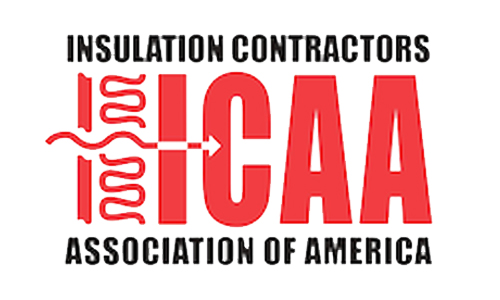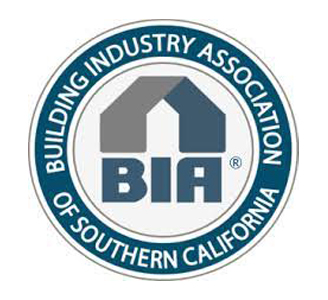California is unique for its many miles of sandy beaches, its beautiful Redwoods, and its temperate weather, but don’t forget its contributions to the construction industry? Among them is the California Stop Notice. This California remedy, not widely available throughout the United States, can be extremely effective when used correctly. However, many within the industry are still unsure about when, where and how to file a stop notice claim. If that’s you, read on.
The stop notice can wield immense power, and yet it is infrequently used by subcontractors and material suppliers. The service of a stop notice requires the owner, public agency or lender to set aside 125% of the amount stated on the stop notice as due the claimant. Holding up the stream of money can be a great motivator to get particular claimants paid promptly. If the project is troubled, it is much more likely that the stop notice claimants will be paid a substantial portion of their claim while others who failed to serve such a notice get little or no compensation. If there are insufficient funds withheld by the owner or construction lender to pay all valid claims, the money is distributed to the stop notice claimants on a pro rata basis. All timely and valid stop notice claimants share equally in proportion to the value of their claim.
Stop notices are available on both private and public projects, and can be an effective collection tool for either type of project. For private projects funded by a commercial lender the stop notice must be bonded, whereas on public projects a bond is not necessary. A stop notice served on the owner who is holding the construction funds does not require a bond, but bonding such a stop notice can be beneficial in that the claimant may recover attorney’s fees if litigation to recover upon the stop notice becomes necessary.
Bonding a stop notice is another tricky aspect of this area of the law. This can either be done by posting a commercial surety bond backing the stop notice (the cost of which is relatively inexpensive), or by posting an affidavit of personal surety. A personal surety backing the stop notice may be sufficient if: (a) it is made by a person other than the claimant; (b) the surety is a resident of the state, and (c) the surety has a personal net worth of assets situated within the state in excess of the bond (See Code of Civil Procedure section 995.510). For first timers attempting to prepare a personal surety and understand how it works, consult an attorney.
The original stop notice must be served on the entity holding the construction funds (usually the owner or commercial lender) either personally or by certified mail return receipt requested. Of course, a prerequisite to a valid stop notice is proper service of the 20-day preliminary lien notice, which all subcontractors and material suppliers should be serving anyway. The stop notice must be served within: (1) 90 days of actual completion of the project where no notice of completion or cessation is recorded, or (2) 30 days after the filing of the notice of completion or notice of cessation. The lawsuit to enforce the stop notice must be filed with the court within 90 days after the period for serving the stop notice ends.
If a payment is made to the claimant on the project where it has already served a stop notice, it is incumbent upon the claimant to provide the prime contractor with a release of stop notice. If the payment represents only part of the money due on the project, then only a partial release of stop notice is provided (and there are specific forms for this). No matter what a contractor or owner tells you, do not give a full release of stop notice for only partial payment of funds without consulting an attorney.
Finally, the California stop notice procedures are only valid for California projects. Recently, the case of Mechanical Wholesale Corp v. Fuji Bank, Ltd., (1996) 42 Cal.App.4th 1647, held that a stop notice served on a California bank which was holding money for a Hawaii project was invalid. The laws governing the available remedies, such as mechanic’s liens, stop notices, payment bonds, etc., are those of the state where the project is situated, regardless of where the money is held or where the parties are located.
California subcontractors and material suppliers should appreciate the unique stop notice remedy provided to them for projects within California and should take advantage of the stop notice power when appropriate. However, don’t misuse this valuable remedy by overstating your stop notice claim, this can definitely have severe adverse legal consequences.
This article is intended to provide the reader with general information regarding current legal issues. It is not to be construed as specific legal advice or as a substitute for the need to seek competent legal advice on specific legal matters.





